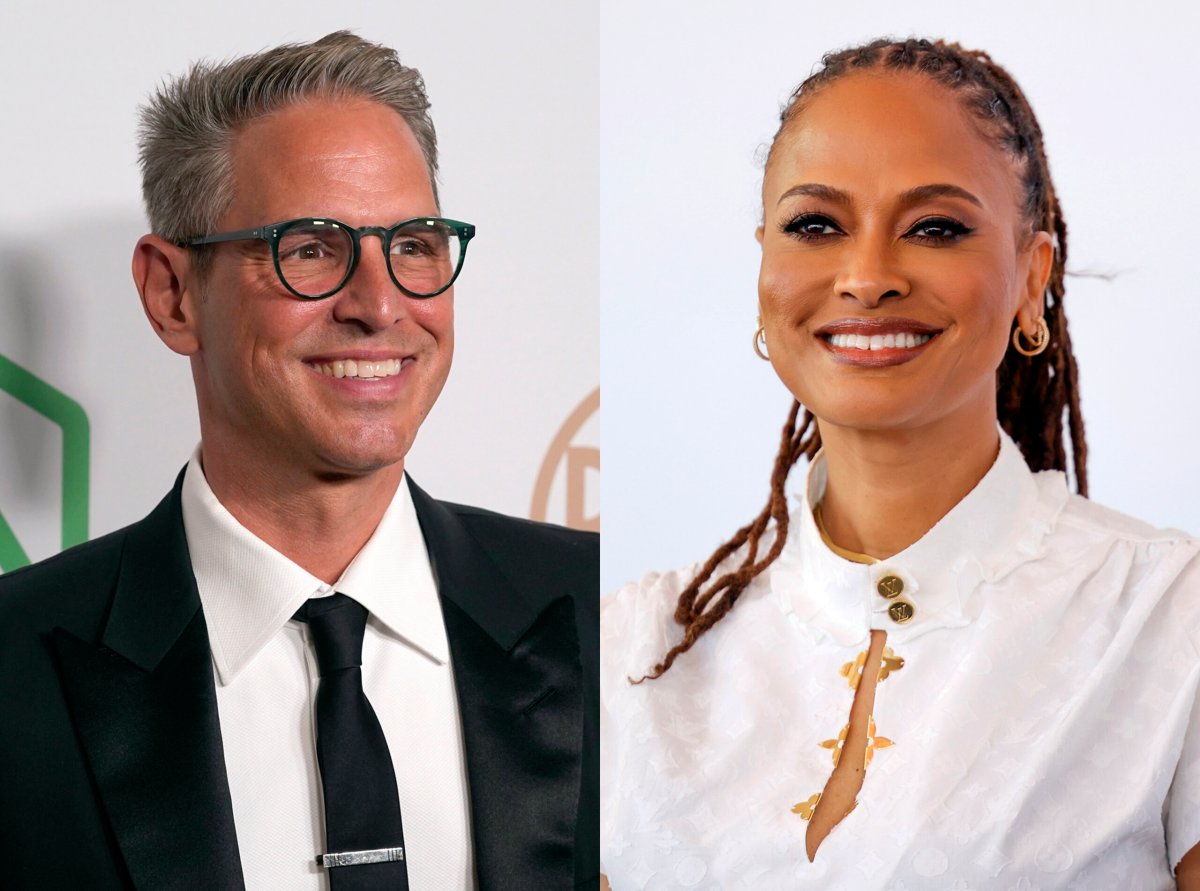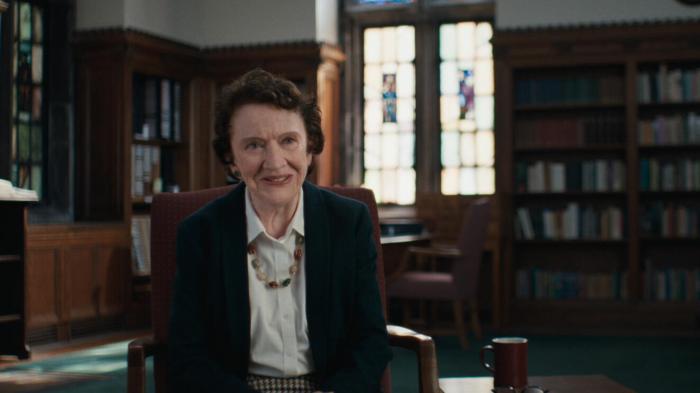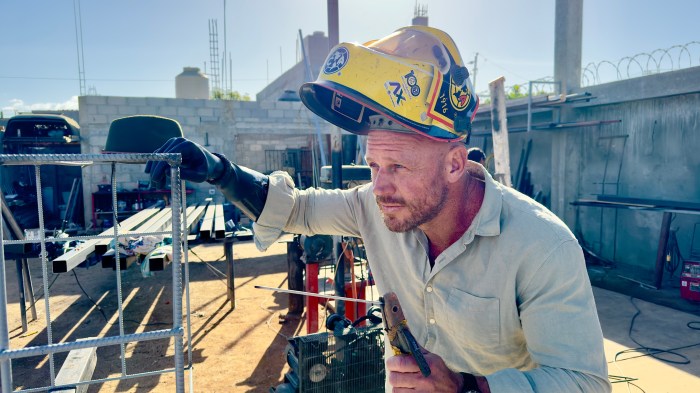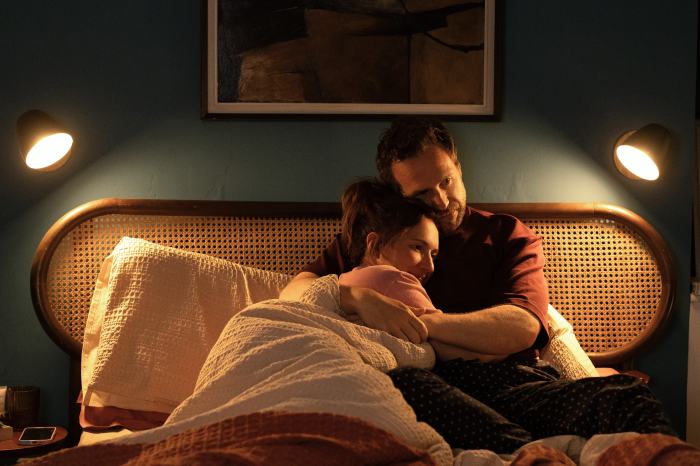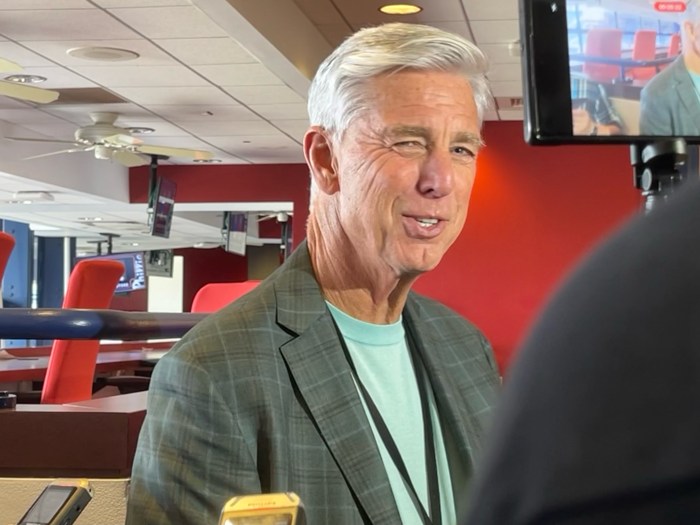The hundreds of television series on U.S. broadcast, cable and streaming platforms, and the executive producers creating them, are the subject of a new list — one that scores them for the diversity and inclusion of the people working both on screen and behind the scenes.
The Inclusion List for episodic programming, being released Thursday by the University of Southern California’s Annenberg Inclusion Initiative and the Adobe Foundation, ranks the 100 highest-scoring broadcast and cable series that aired in the 2021-2022 television season and the 100 top streaming platform series between 2021 and 2023, as well as listing the executive producers who scored the highest across all their shows in that time period.
It’s a way to celebrate those producers and shows that are making the efforts to make the television industry more welcoming as well as highlight that much work still needs to be done, said Stacy L. Smith, founder of the Annenberg Inclusion Initiative, which has also released reports about inclusion in the film industry.
“It’s important to say, here are the shows, because it tells the rest of the world, there’s no excuses. It can be done,” Smith told The Associated Press.
The top scorers for broadcast and cable series included shows “Queen Sugar,” about a set of Black siblings in Louisiana, and “The Baby,” about a woman who doesn’t have children who ends up with a mysterious baby. Streaming platform top performers included offerings like “Raising Dion,” about a Black mother and son, and “Gentified,” about Mexican American cousins.
Those included on the producer list included Greg Berlanti, Sarah Schecter, Ava DuVernay, Reese Witherspoon, Mindy Kaling, and Charles King.
To compile the rankings, the Inclusion Initiative came up with a scoring system. On screen, the series regular cast were scored for representation of gender, race and ethnicity, age, disability and LGBTQ+. Behind the scenes, 10 positions including director, writer, producer, casting director and costume director were scored for gender, and race and ethnicity. The total highest possible score was 15. “Queen Sugar,” for example, had a score of 12.8 and “Raising Dion” had a score of 13.3.
A number of shows that ranked on the list are no longer on air, but that’s not the point of the effort, Smith said, pointing out that a show’s reception by an audience can be attributed to many other factors like marketing and time slot, etc. The point is looking at who’s getting to be part of the industry, getting to add to their resumes and make their connections and have an impact on what does get made for audiences to see.
“This is the start of career sustainability,” Smith said, adding. “People worked. They got paid. Now they can do it again.”
Alan Luna, a casting director based in Los Angeles, has seen that in action, like when an actor gets a series regular role on a show, even one that only lasts a season. It lends a credibility when trying out for following roles, he said.
“When you’re a series regular on a show, you’re able to get into every room. If you have one series regular credit, they can’t say no to you,” he said. “Like, this guy has done it. Yeah, maybe it didn’t work, but he’s done it. Maybe it was a one-season show, but he did it already. And that’s really life changing.”
And he sees it in the work that he does. The 29-year-old Mexican American knows that his background and life experiences impacts how he tries to approach his casting work, in trying “to introduce talent that I know wouldn’t be normally introduced in that setting.”
It has a ripple effect, said actor Jurnee Smollett, referencing the range of women taking on roles behind the cameras. “I think the more women of all kinds that we see behind the camera, the more we’ll see change reflected in front of the camera.”
Keeping track of the inclusion in the industry is even more important now after the labor strikes in the entertainment industry last year, Smith said, which disrupted life for many.
“That’s why a list like this is so important,” she said. “On the heels of the strike these companies need to be thinking about it, it can’t just be business as usual.”
While inclusion and diversity is something that has been talked about in all forms of popular culture, there’s something particular about the power of television that makes who’s behind the scenes and on the screens creating the content for audiences to consume vitally important, said David Stamps, professor of public relations and media psychology at Bentley University in Massachusetts.
Its ubiquity in American homes can have much more of an impact than movies or books, he said, and that makes “TV much more rich and much more accessible, which means it’s positioned to do more as far as cross-cultural contact.”



